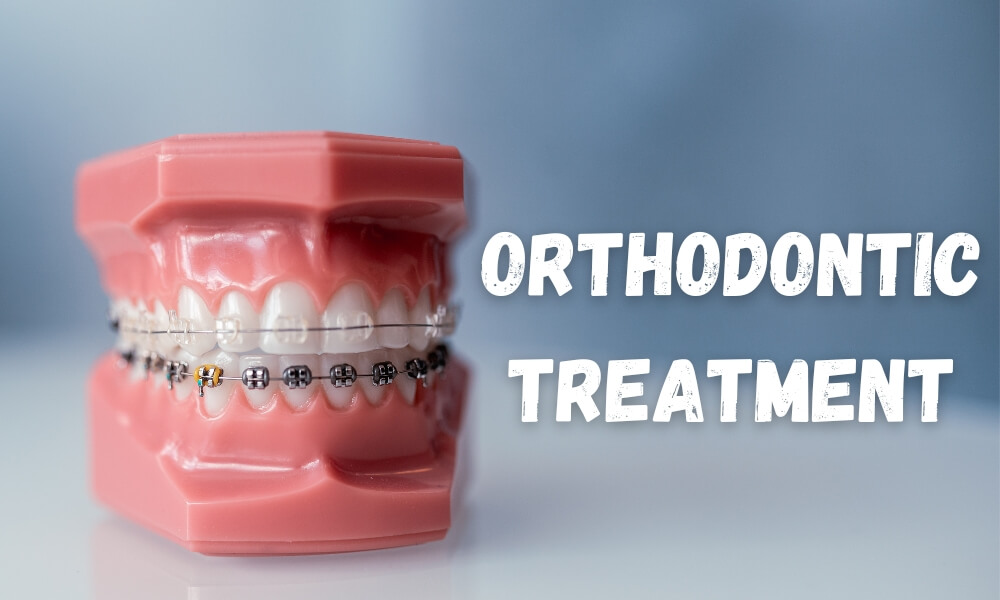Orthodontic Treatment
It is a dental treatment to straighten and align the malpositioned teeth. It may be removable or fixed.
Indications for Orthodontic Treatment
Crowding: Less space between the teeth and overlapping each other.
Spacing: More space between each tooth.
Deep Bite: Upper front teeth come down too far over the lower front teeth.
Open Bite: Space between the biting surfaces of the teeth with open contact.
Crossbite: When biting together, the upper teeth do not come down slightly in front of the lower teeth.

Causes for Malocclusion
- Birth defects like cleft lip and palate.
- Habits like thumb sucking, mouth breathing, tongue thrusting, excessive use of pacifier.
- Early/late loss of teeth.
- Nutritional deficiency.
- Hereditary.
Age Limit for Orthodontic Treatment
Fixed orthodontics can be performed for all ages. The best time to go for this treatment is 10-18 yrs.
Signs Your Child May Have Poor Bite
- Excessive spacing
- Abnormal overlapping
- Abnormal eruptions
What Happens If We Do Not Treat the Malocclusion?
- When the teeth are not biting properly, it causes jaw problems and joint problems. Orthodontic treatment helps to bite more properly and reduces the strain on muscles and joints.
- Prone to decay and gingival infections.
- Not aesthetically good.
Types of Orthodontic Treatment
- Traditional metal braces
- Ceramic braces
- Self-ligating braces
- Clear aligners
- Retainers
Fixed Appliances
Traditional Metal Braces
These can be attached to the tooth surface with a composite material. It is bonded into the teeth, so they are not removable. Molar bands placed. Wires are placed over the brackets. The procedure is to tighten the wires and put pressure on the teeth, forcing them to move to their proper position. Braces are adjusted monthly.
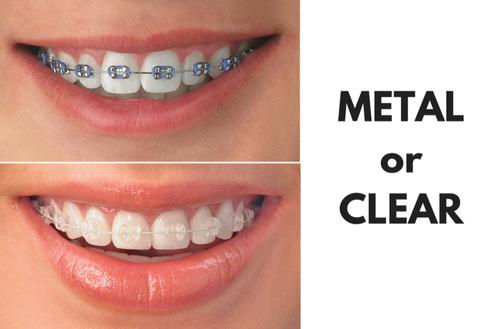
Ceramic Braces
It is clear braces made of ceramic or plastic which is not visible except the slim archwire, which is hardly visible.
Lingual Braces
They are similar to traditional metal braces, but it is bonded to the inner surface of the teeth so that no one can see them.

Self-ligating Brackets
Specialized bracket to connect the archwire without the use of colored rubber bands.
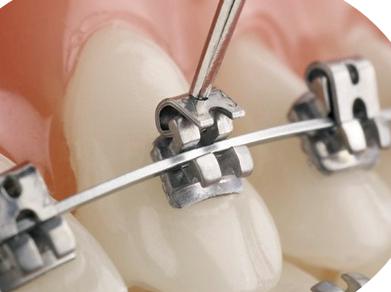
Aligners
Clear aligners are an alternative to fixed orthodontic appliances. They consist of a series of clear plastic trays that fit over the teeth. The trays have to be changed every 2 weeks. Each one moves your teeth a little bit until they align your teeth in a proper position.
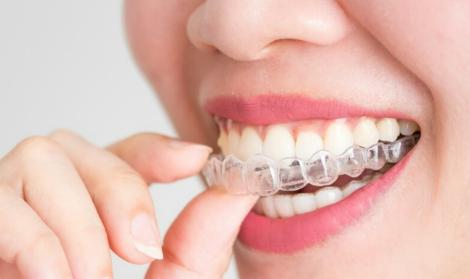
What Are Retainers?
Teeth naturally tend to drift back to their original positions once the braces are removed. Retainers hold teeth in their finished position after your braces come off.
Hawley retainer is the most common type of retainer. It consists of an acrylic plate that rests against the roof of your mouth and a wire crossing in front of your teeth. Essex retainers are quite popular now, which is nearly invisible. Fixed retainers can even be fixed to the inner surface of the teeth, which cannot be visible from the outside.
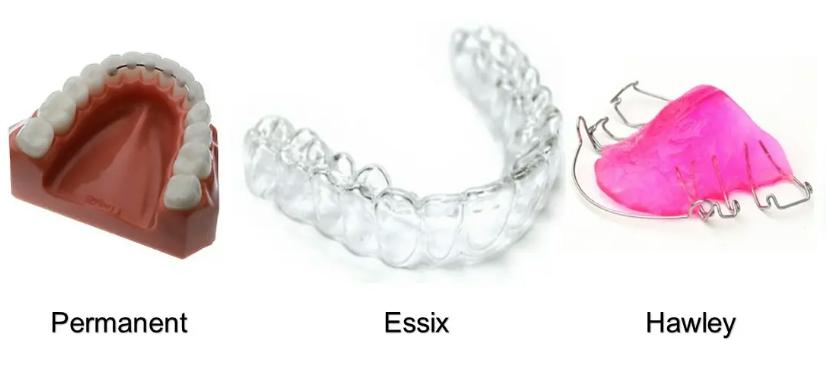
Risks of Your Orthodontic Treatment
- Early tooth decay makes it hard to keep it clean. Fluoridated mouthwash can be used to prevent caries.
- More prone to decalcification.
- Root resorption.
- Loss of periodontal support.
- Gingival overgrowth.
How Do You Care for My Braces and Teeth?
- Maintain your oral hygiene. Brush twice daily with your special orthodontic brush. Clean them carefully so that they do not break. Dental floss and interdental brush can be used. Gargling after every meal is recommended for maintaining oral hygiene.
- Don’t skip your dental appointments. If there is any breakage or any other dislodgments, please report to your dentist as soon as possible.
- Don’t bite anything hard or sticky, which can break your brackets and delay your treatment. Avoid snacks and drinks containing sugars and fizzy drinks.
- You may feel some discomfort or pain after tightening. It usually lasts for 1 or 2 days. You can ask your dentist to prescribe any painkillers.
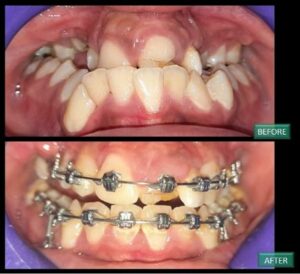 |
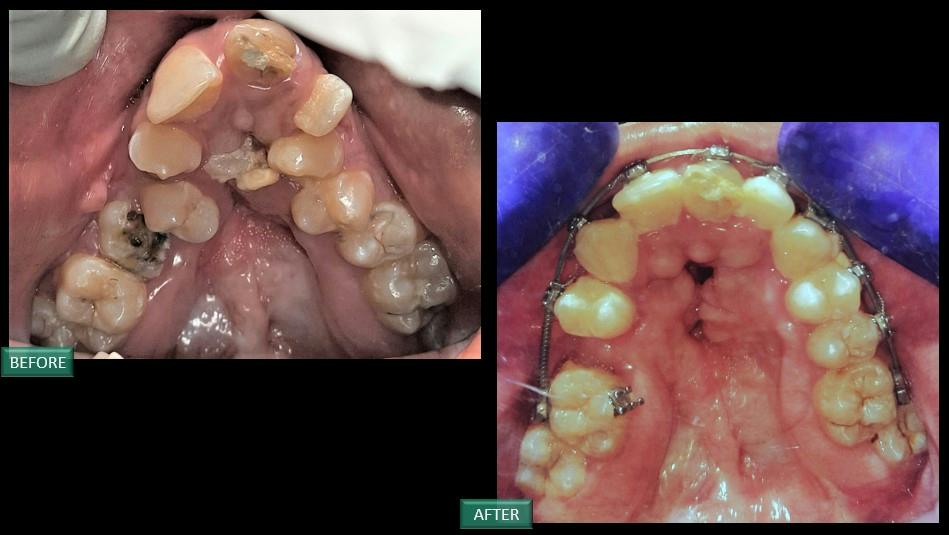 |

